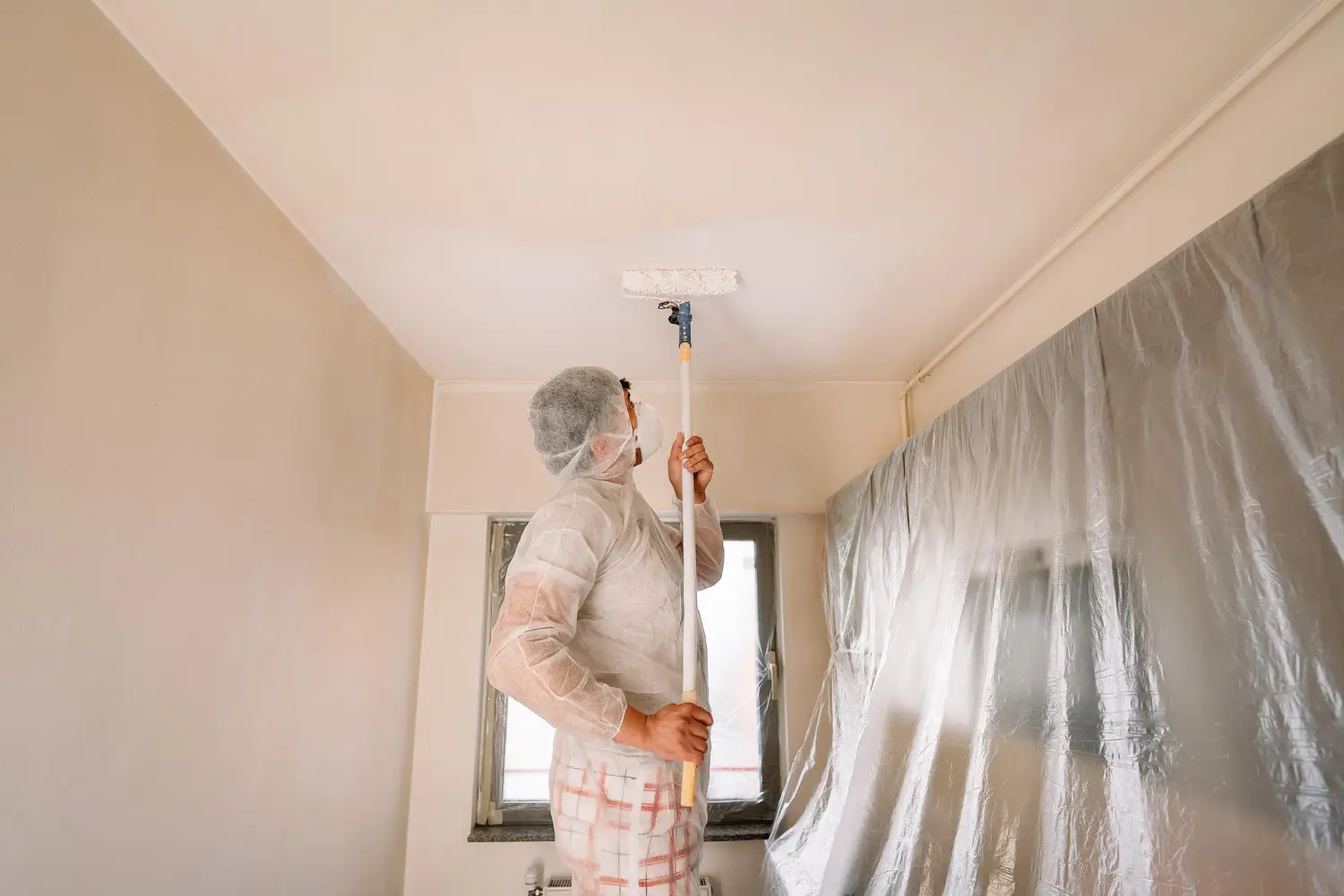The Five Golden Rules when Using Primer

Realistically, there should be six golden rules as far as primer is concerned. The first and most important rule being that you actually use the stuff!
But assuming you understand the importance of primer, it’s still useful to take a few tips from the pros. The way you go about priming and preparation in general will have the most enormous difference on the final result. As we say in the business, successful painting is around 80% preparation and just 20% actual painting!

So next time you set about an interior painting project of any kind, be sure to follow the five golden rules for using primer as follows:
1 – Buy a High-Quality Primer
First up, there really is no point wasting your time, effort and money on substandard primer. The lower the quality of the primer, the more difficult it is to apply in the first place and the weaker the final result. Something that pretty much defeats the purpose of buying primer in the first place. If you are going to use primer, use only the very best primer you can lay your hands on. Even if it costs considerably more, you’ll be looking at a far easier and more enjoyable application process. Not to mention, longer lasting results that translate to much better value for money.
2 – Stir It
Just as is the case with paint, it’s important to give the primer you use a good stir before applying it. Even if it says this isn’t necessary on the can, it’s still a good idea to grab a stick and give it a stir. If attempting to use an old can of primer you’ve had lying around your home for some time, be realistic when it comes to its quality and consistency. If it has clearly seen better days, get rid of it and pick up a new batch. Even the best primer has a tendency to lose its quality and capabilities over time, so don’t push your luck with expired or spoiled primer.
3 – Be Generous
Applying primer means approaching things in the same way you would painting the surface in question. Starting from one corner and gradually working your way to the other, tackling one small area at a time with relatively thin coats. In terms of how many coats you should be applying however, the answer is almost always more than one. It all comes down to the type of surface being painted and the quality of the primer. Nevertheless, it’s always good to aim for at least two coats as a rule of thumb, in order to produce the best possible final result.
4 – Use Quality Tools
You need to apply your primer with the same kind of care and attention you would the final coat of paint. The more meticulous you are with the primer, the better the results you’ll achieve. As such, it’s a good idea to resist the temptation to just use any old brush or roller you happen to have lying around. If you’re splashing out on quality primer – which of course you should be – you’ll need equally high-quality tools to get the job done. One of the two being pretty much useless without the other. If it’s professional results you want, you’ll be needing professional tools from start to finish.
5 – Use the Right Primer
Last but not least, don’t make the mistake of assuming that every type of primer is ideal for every type of surface. In reality, there are countless different types of primers on the market for a very good reason. Latex and oil-based primers being the most common. As when choosing paint, you first need to establish what kind of surface you intend to paint – interior or exterior, the type of material, for any current coatings etc. If unsure, ask your hardware store for their recommendations.
Professional Painting Services
Before going ahead with any interior painting project, it’s always worth consulting the experts. Here at Homm CPS, we work hard to provide the highest-quality interior and exterior painting services that could save you both time and money. All backed by our exclusive warranty for total peace of mind.
Whatever your needs and budgets, we’d be delighted to hear from you. Get in touch with a member of the Homm CPS team today for more information.










